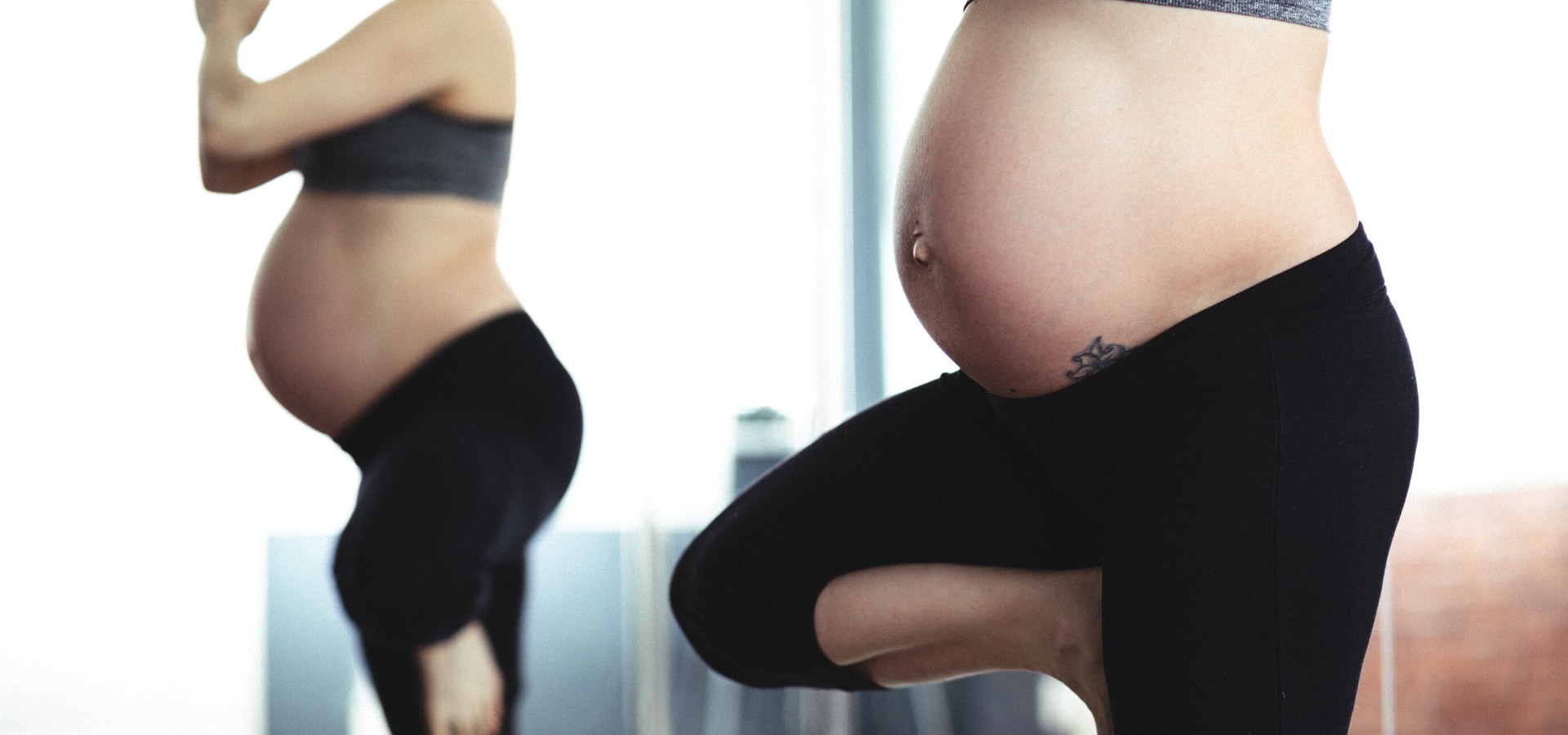
Sports Science Institute Biokineticist, Zoe Woodman, gives us her advice on the do’s and don’ts of keeping fit during pregnancy.
What you can do during pregnancy.
Consult your physician, obstetrician or gynaecologist before you start exercising. This applies especially to women who have a medical condition, are severely obese, or have hypertension or gestational diabetes.
Stay hydrated; make sure you drink water before, during and after exercising.
Do an extended warm up before you exercise and cool down afterwards.
Strength training is great, especially for gestational diabetes. Your resistance should allow you to get between 12-15 repetitions where you should reach a moderate fatigue level.
Kegel exercises, which strengthen your pelvic floor, help to decrease the risk of incontinence.
Strengthen your glutes and lower back. Lower back pain is common amongst pregnant women because of the weight shift. So, besides strengthening the upper back, focus on strengthening your glutes andl lower back.
Add to your exercise routine. Depending on your previous activity level, the best time to change or add to an exercise routine is during the second trimester
What you shouldn’t do during pregnancy
Shortness of breath. Women who are pregnant should not exercise if there are signs or symptoms of dyspnoea (shortness of breath or difficulty in breathing) before exercising, vaginal bleeding, chest pain, swelling, headaches or decreased foetal movement.
Avoid contact sports and exercises that may cause a loss of balance.
Avoid holding your breath during exercise. Scuba diving is a prime example of a sport that should be avoided by pregnant women. Do not exhaust yourself. A simple talk test is a good example of this. By the end of the session the woman who is pregnant should still be able to hold a conversation.
To prevent venous obstruction, pregnant women should avoid exercise in the supine position (on the back) after 16 weeks of pregnancy.
The Valsalva manoeuvre should not be performed during pregnancy. The Valsalva manoeuvre is performed by moderately forceful attempted exhalation against a closed airway, usually done by closing one’s mouth and pinching one’s nose shut while pressing out, as if blowing up a balloon. Hot and humid environments should be avoided during exercise.
Blood pressure may drop when pregnant women move from a low to a high position. Try to avoid exercises that continually need you to get up and down off the floor.
Avoid lifting heavy weights, especially during the first
and third trimester.
By the Sports Science Institute of South Africa
- Tips for Breastfeeding Success! - October 17, 2023
- Helping your child deal with common childhood fears - September 21, 2023
- Keeping Fit while you’re Pregnant - August 29, 2023





